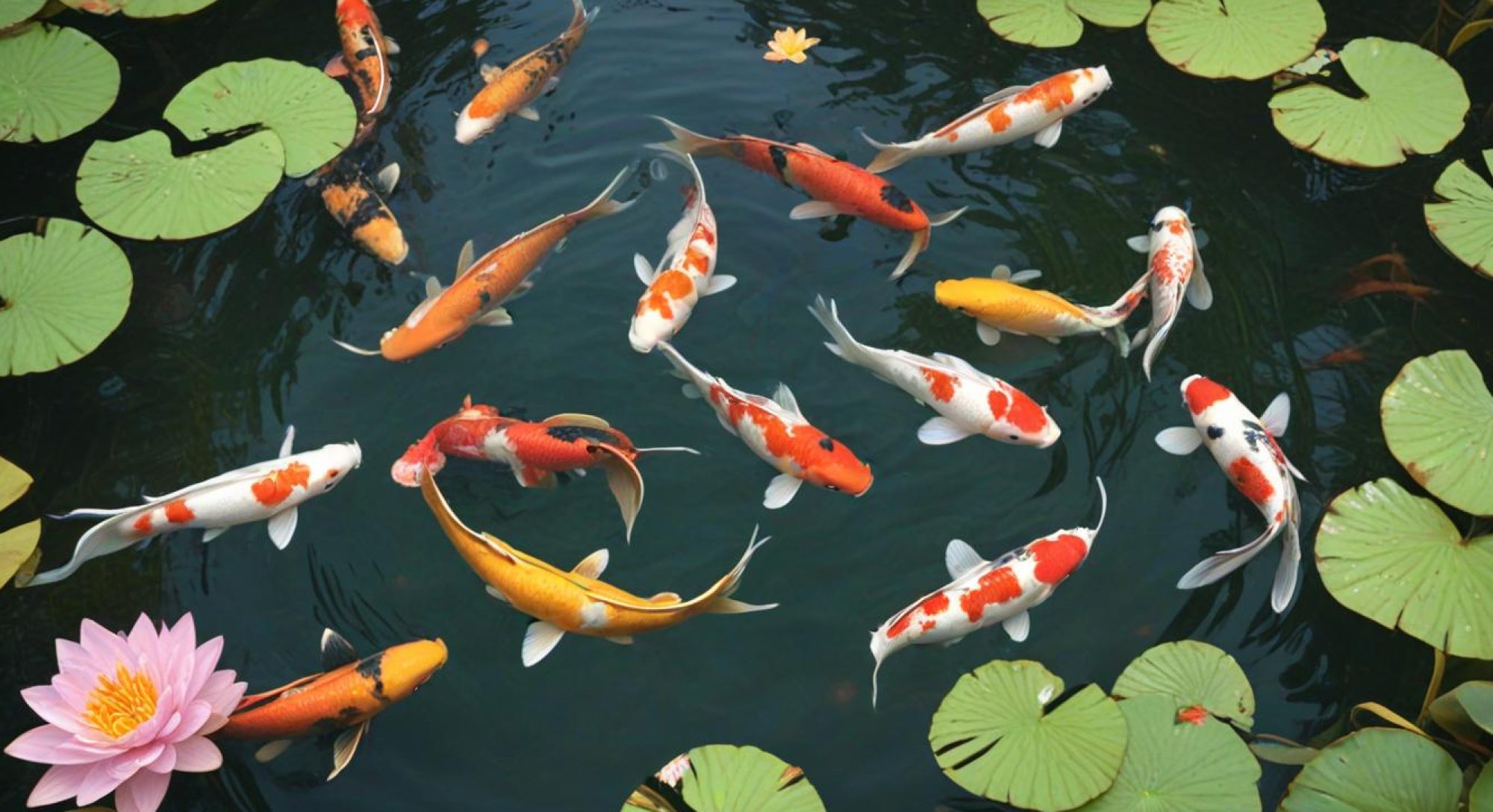Koi fish, with their vibrant colors and graceful movements, have captivated the hearts of enthusiasts around the globe. Originating from Japan, these ornamental fish are not just pets; they symbolize deep cultural significance and represent various virtues, including perseverance, strength, and luck. Their beauty, combined with a rich history and unique care requirements, makes koi fish a fascinating subject for both new hobbyists and seasoned aquarists.
A Brief History of Koi Fish
The history of koi fish dates back to the 4th century in China, where they were originally bred for food. However, it wasn’t until they were introduced to Japan in the 17th century that their popularity soared as ornamental fish. Japanese breeders began selecting koi for specific color patterns and markings, leading to the development of numerous varieties. The breeding process became a revered art form, and koi shows emerged, highlighting the exceptional beauty of these fish. Today, koi are not only found in Japan but are beloved by fish enthusiasts worldwide.
The Beauty of Koi
Koi fish come in a wide range of colors, patterns, and sizes, making them incredibly appealing to collectors. Common colors include red, white, black, yellow, blue, and cream, often displayed in striking patterns. The most sought-after varieties, such as Kohaku (white with red markings), Taisho Sanke (white with red and black markings), and Showa Sanke (black with red and white markings), are prized for their unique aesthetics and beauty.
The appeal of koi goes beyond their physical appearance; they are also known for their friendly and interactive nature. Koi fish are social creatures that thrive in groups, and they often recognize their owners, swimming to the surface during feeding times, creating a bond that adds to the enjoyment of keeping them.
Cultural Significance
In Japanese culture, koi fish are highly revered and are often associated with various myths and legends. They symbolize strength, resilience, and the ability to overcome obstacles. One famous legend tells the story of a koi that swam upstream and transformed into a dragon after climbing the Dragon Gate Falls, representing determination and success. Because of these associations, koi fish are commonly used in traditional Japanese art and festivals, further cementing their status as cultural icons.
Caring for Koi Fish
Caring for koi fish requires a commitment to providing a suitable environment for their health and well-being. Koi are best kept in outdoor ponds, which should be large enough to accommodate their size and swimming needs. A well-maintained pond with adequate filtration, aeration, and regular water quality checks is essential for keeping koi healthy.
Feeding koi is another important aspect of their care. High-quality koi pellets are recommended, supplemented with treats like fruits and vegetables. It’s crucial to monitor their feeding habits, as overfeeding can lead to health problems.
Additionally, koi fish are susceptible to various diseases, so regular health checks and maintaining clean water are vital. Seasonal changes also require specific care measures, such as adjusting feeding practices in colder months and ensuring that the pond is properly insulated.
Conclusion
Koi fish are not just visually stunning; they carry a rich history and symbolize deeper cultural meanings. With proper care, these enchanting creatures can thrive and bring joy for many years. Whether you’re drawn to their beauty, intrigued by their cultural significance, or eager to engage in their care, the world of koi fish offers a rewarding experience for all enthusiasts. As you embark on this journey, you’ll find that the appreciation of koi transcends mere aesthetics, reflecting a profound connection to nature and tradition.

